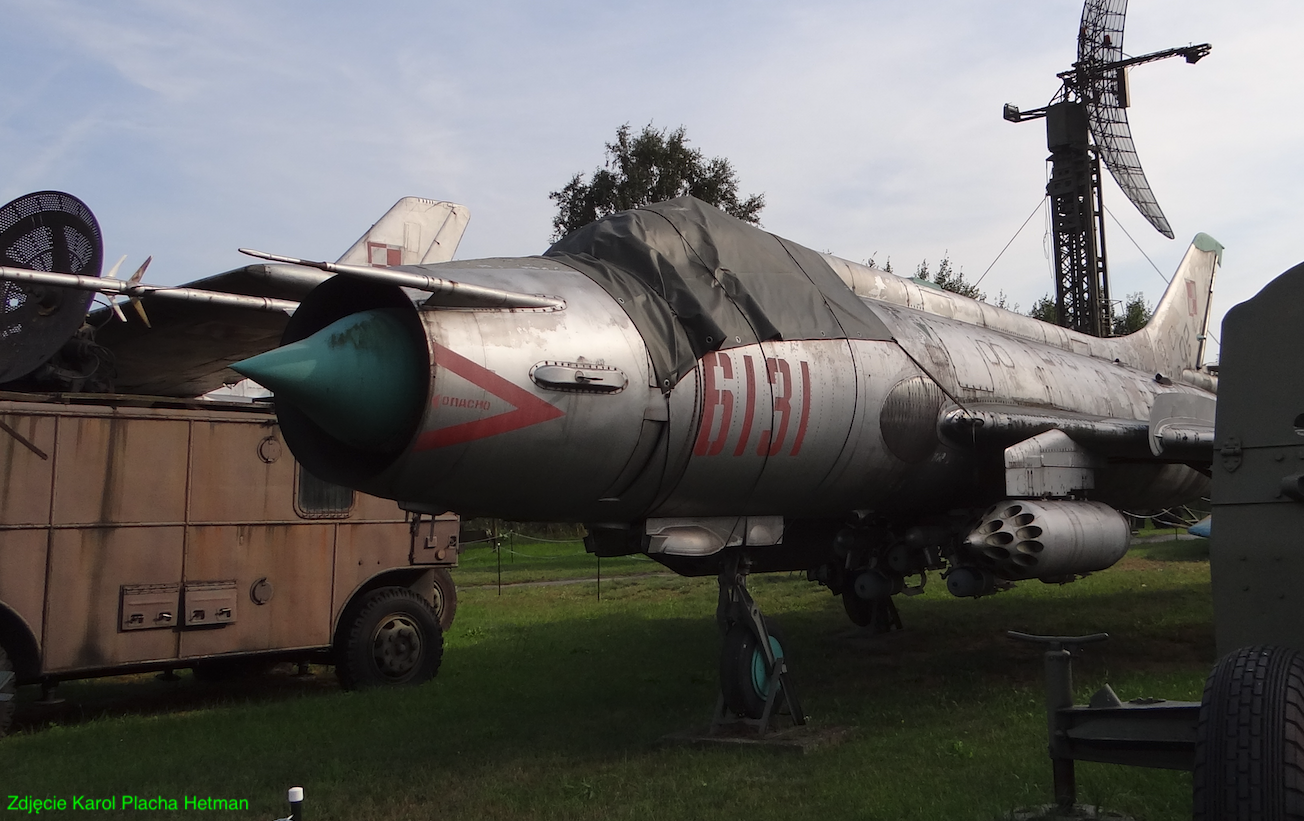Bydgoszcz 2019-09-19
Lightning strike on a Su-20 plane in 1988 year.
Major Krzysztof Krzysztoforski
Lightning strike on a Su-20 plane piloted by Major Krzysztof Krzysztoforski.
On that day, Su-20 crews performed training and combat flights to attack targets on the training ground. The weather was bad; lower cloud base 300 m, visibility 3,000 m, wind 2 m/s from the north-west. Due to the weather, the flights were not performed in groups, but individually. They started at time intervals. While returning to the airport, Su-20 planes were attacked by fighter planes. Major pilot Krzysztof Kszysztoforski, after passing the "starting point of the route", was flying above the clouds. Until the last turning point. The weather was stable. When we entered the course above the target, the clouds were higher, but they were storm clouds. The pilot avoided the first dark cloud. However, the cloud cover increased. The cloud layer had a ceiling of 400 m – 4,000 m. To complete the task, you had to break through the "calm" clouds.
Suddenly, the pilot was blinded by a huge glow and found himself in a ball of fire. He heard a bang, the plane jerked and there was silence. The pilot assessed that there was an electrical discharge, i.e. the plane was hit by lightning. In the plane, the lights on the instrument panel began to glow, and a second later there was a sudden reduction in speed. As it later turned out, it was caused by the opening of the drogue parachute. The engine tachometer needle was approaching zero. The pilot reflexively pushed the throttle forward. No effect. The pilot realized that the engine had stalled. Everything pointed to the need to catapult. The pilot decided to restart the engine. The lights on the dashboard indicated that there was power. The pilot informed the flight director about his decision. The pilot brought the plane into descent. He pressed the start button. The green light came on. The pilot heard a slight humming sound and then a whistle. The engine’s turbine was slowly revving. The pilot was relieved. The minimum engine speed was established, which did not yet ensure horizontal flight. The pilot moved the throttle forward. The turbine started up obediently. The altimeter was reading 1,600 m when the plane began its climb. The pilot reported aborting the mission and returning to base at an altitude of 5,000 m to be above the clouds.
Before landing, the pilot extended the landing gear. He heard the locks clicking, but the pilot lights didn’t come on. He was also not sure whether all the flaps in the plane had extended. He flew low above the air traffic control tower. They checked. Everything needed turned out. A parachute rope was also spotted being pulled by the machine. This explained the earlier vibrations. The landing was successful. An examination of the machine revealed numerous burns to the protruding antennas and the vertical stabilizer, from which the position light had evaporated. There were visible streaks and soot from smoke and fire. The electrical installation had numerous short circuits and many wires melted. There were also some that evaporated, leaving only Teflon covers. After extending the landing gear, the position lights came on instead of the lights in the cabin. The indicator lights of devices that were not turned on were also on. The black box didn’t work. After the plane was connected to the airport’s power source, an odor was noticed and smoke appeared in the rear of the plane. You can guess what would have happened if the flight had lasted longer.
Major pilot Krzysztof Krzysztoforski was awarded the Knight’s Cross of the Order of Polonia Restituta.
Written by Karol Placha Hetman


